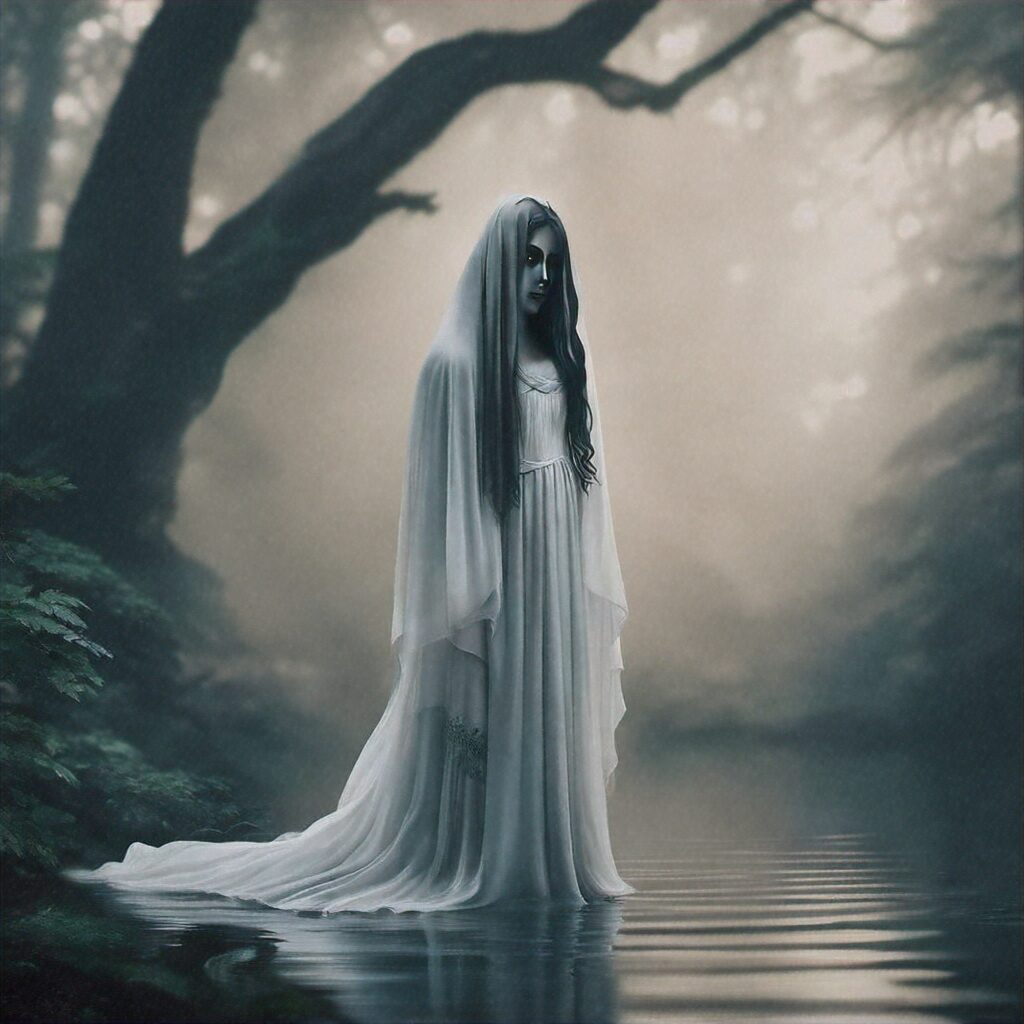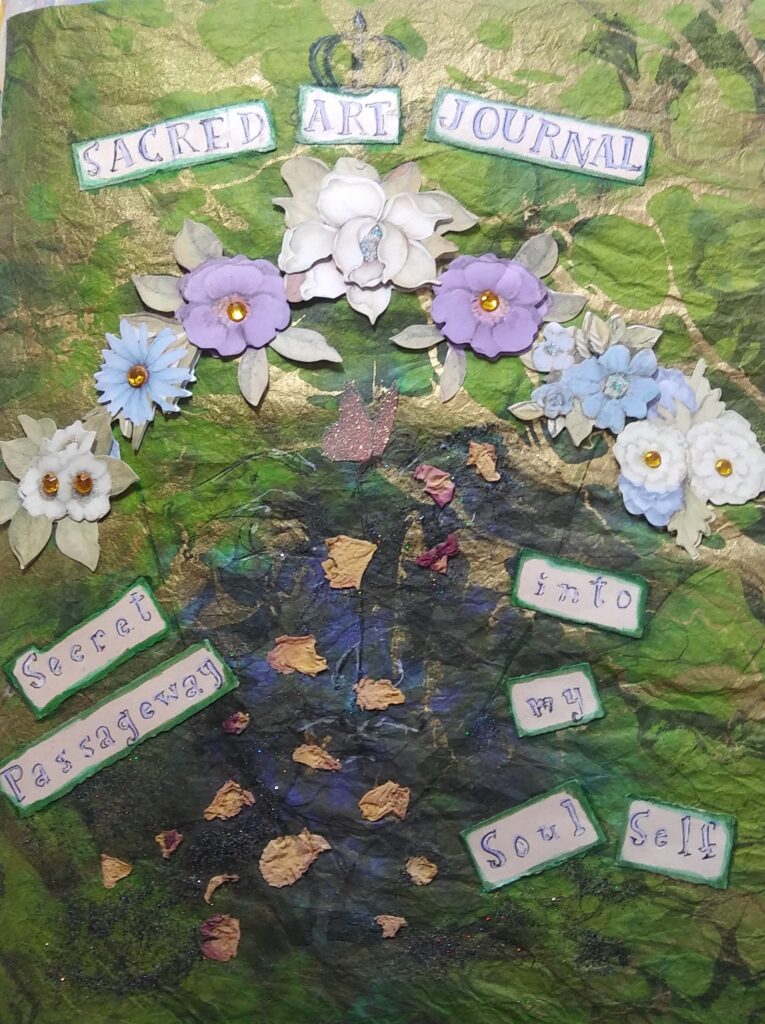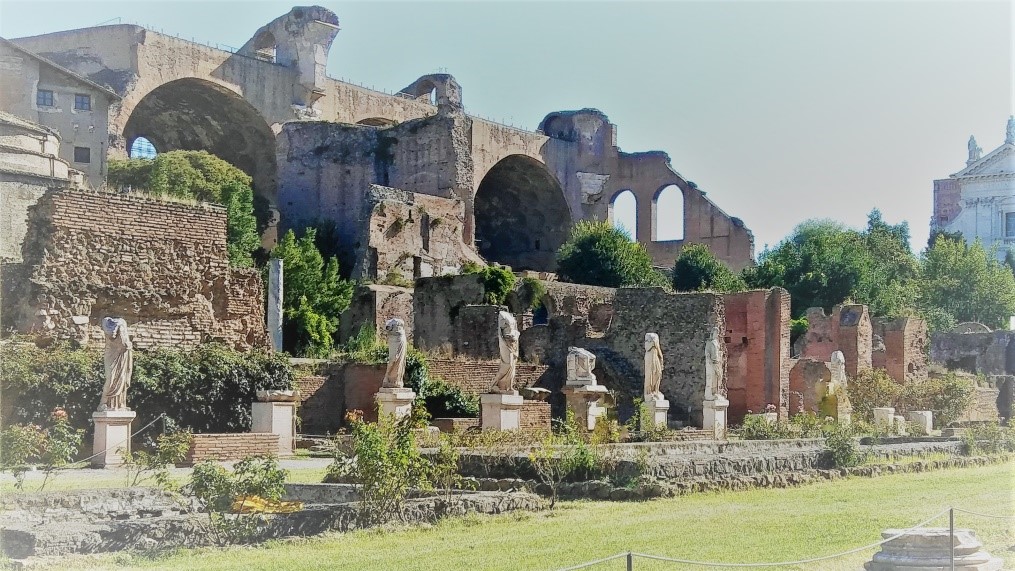 While most scriptural accounts were recorded by men within the historical setting of their time and cultures for an audience of other men, much can be learned about the true nature of the historical-cultural mindset about gender in relation to the art of sacred dreaming, by evaluating what these sacred texts say about women as artful sacred dreamers. The capacities within which women’s roles as sacred dreamers or dream interpreters has been valued most is in (1) their conception dreams of male religious leaders, (2) their prophetic or shamanic dreaming wisdom, and (3) instances in which women have played important roles within the ritualized process of men’s sacred dreaming – including their roles as spiritual guides and dream interpreters.
While most scriptural accounts were recorded by men within the historical setting of their time and cultures for an audience of other men, much can be learned about the true nature of the historical-cultural mindset about gender in relation to the art of sacred dreaming, by evaluating what these sacred texts say about women as artful sacred dreamers. The capacities within which women’s roles as sacred dreamers or dream interpreters has been valued most is in (1) their conception dreams of male religious leaders, (2) their prophetic or shamanic dreaming wisdom, and (3) instances in which women have played important roles within the ritualized process of men’s sacred dreaming – including their roles as spiritual guides and dream interpreters.
On the rare occasions in which women appear as active agents of their own dreams, the most prevalent type of dream experienced by a woman according to the scrolls of the world’s major religions are “conception dreams,” in which she dreams of a divine source impregnating her with a male child of great spiritual importance. Serenity Young notes that conception dreams are fairly common in the stories of heroes and religious figures all around the world including those of the Macedonian conqueror, Alexander, and the ancient Persian prophet, Zoroaster. The birth of Siddhartha Gautama Buddha was foretold in a colorful conception dream to his mother, Queen Maya, and Jesus’s birth was foretold to Mary through a vision of the Angel Gabriel, who chose to appear to Joseph with the same news in a sacred dream. Young remarks that the nature of these dreams have traditionally served as a “form of passive conception that represented women as incubators for predominantly male heroes.”[i]
It is curious that the prophetic power of women’s dreams is held with high regard particularly within the Western religious traditions where women’s sacred dreams were downplayed in scripture and dreaming in general was often regarded with suspicion. In ancient Greece, Athena entered Penelope’s dream to predict the safe return of her son and the Goddess Chthon gave birth to dreams through her oracle at Delphi – where women ritually foretold the future. Pilate’s wife’s dream warned of the injustice of executing Jesus, and though Pilate did not exonerate him, he had enough respect for her abilities as a prophetic dreamer to make sure he did not personally declare the death sentence. Rahimian tells us that in contemporary Iranian culture, women’s dreams are often heeded by the men in their lives, even when their open thoughts and opinions are not, and the potency of a female shaman’s prophetic dreams have never been doubted in indigenous traditions.
In eastern and western traditions, the appearance of dark goddesses in dreams is also feared as portent of illness or death. We have seen this in the case of Durga or Kali in Hinduism, Mrtyu in Buddhism, and Chthon in Greece; however, these are only a few examples of the many dark female womb-to-tomb figures who symbolize the cosmic mother that “brought you into the world and can take you back out again,” found in the sacred and mythological literature of the world. On the surface, this seems odd, but when considered within the context of the transference of ancient goddess regenerative religions into patriarchal god-creator religions, the dark goddess who calls us to our deaths is the missing link in the natural regenerative cycle of life. As her creative powers are slowly but surely co-opted, on a deep-conscious level, her looming presence as the degenerative force of life becomes more exaggerated.
Though women’s true action as sacred dreamers is largely repressed throughout religious history, aside from serving as psychopomps of doom in dreams, the history of sacred dream texts shows that female deities or intermediaries between the human and divine realms have appeared as authoritative, if not forceful, guides within the course of men’s mystical dreams. Here we are reminded of Isis’ guidance of Horus’ dreams and the goddess who reprimanded and redirected the dreams of ecclesiastic theology of the Shepherd of Hermas. Referring to the example of the Tibetan Buddhist dākinīs guides and protectors of sacred dreams, Young comments, “The dākinīs point to the well-known theme in world religion and mythology of male dependence on female guides in order to complete quests, win a goal, or achieve enlightenment.”[ii]
Despite that fact that the “his-story” of the bulk of the world’s recorded scriptures was recorded in a patriarchal attempt to supplant the worlds “pre-history” of matriarchal cultures in which the major deities were largely goddesses whose regenerative powers maintained the cyclical pattern of natural birth, growth, and death, and rebirth, the goddess regenerative archetype kept rising through the patriarchal religious dreams in the same way cultural and ancient psychological archetypes continue to enter personal dreams. It seems that while the numinous mystery and divinely imbued gift of female motherhood could be repressed from consciousness, it could not be eradicated from the deep conscious awareness of dreams.
For more information, see my book, Dreaming as a Sacred Art.
_______________________________________________________________
[i] Young, “Dreams,” The Encyclopedia of Women and World Religions, Vol. 1 (New York: Macmillan, 1998), 271.






